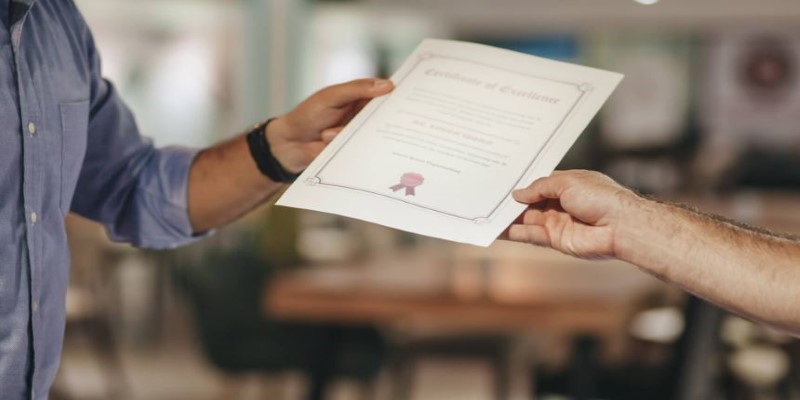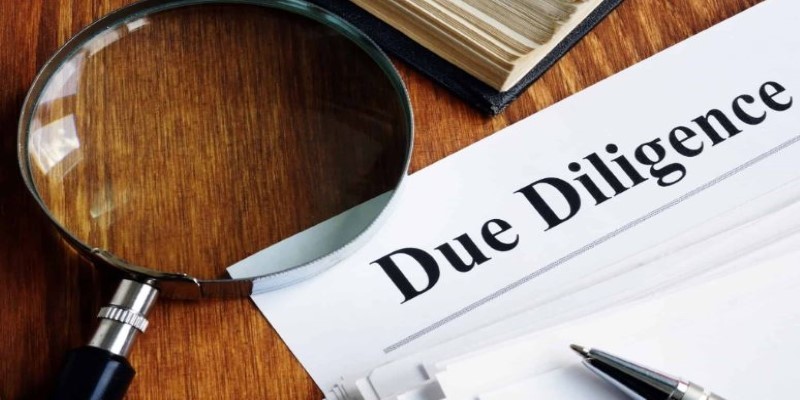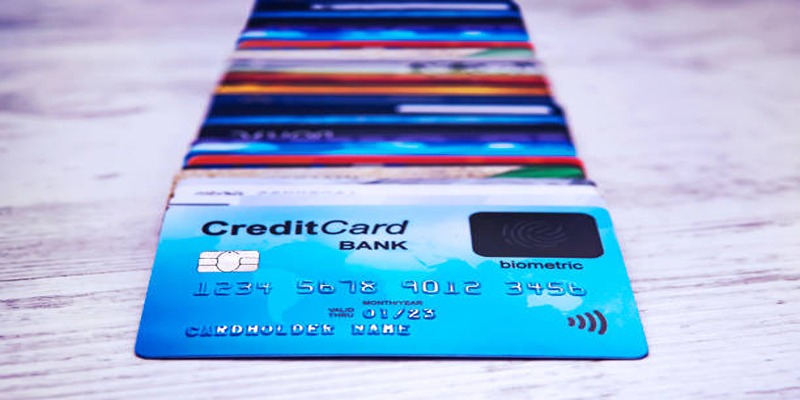Have you ever deposited a check only to find out that your bank has put a “hold” on the funds? You’re not alone. Many people wonder why banks don’t make their money available right away. While it might feel inconvenient, check holds are actually a routine part of banking, designed to protect customers, businesses, and the banks themselves. This blog will explore why banks place holds on checks, how long these holds usually last, and how you can manage them effectively.
What Does It Mean When a Bank Holds a Check?

When you deposit a check, your bank may place a temporary hold on the funds. This means you won’t be able to access the full deposit amount until the hold is lifted. The length of the hold can vary depending on factors such as the type of check, the amount of money, and your banking history.
Banks are required to follow guidelines set by the Federal Reserve, particularly through the Expedited Funds Availability Act (EFAA). This regulation ensures that banks give customers access to funds within a reasonable time while also allowing them to minimize risks associated with fraud or insufficient funds.
Key Reasons Why Banks Hold Checks
1. Fraud Prevention
One of the main reasons banks place holds on checks is to combat fraud. Banks need time to verify whether the check is legitimate and whether the account it’s drawn from actually has sufficient funds.
Fake or forged checks are unfortunately common, and without holds, scammers could easily deposit fraudulent checks, withdraw the money, and disappear before the bank realizes something is amiss.
Example: Imagine you deposit a $5,000 check from someone you don’t know well. If that check bounces because the account doesn’t exist or lacks funds, the bank would need to reverse the transaction, potentially leaving you in debt if you’ve already spent the money.
2. Check Clearance Processes
Checks don’t clear instantly; they must go through an interbank clearing system. When you deposit a check, your bank communicates with the issuing bank to ensure the funds are available. This process can take several days, particularly if the check is drawn from a bank in another country or if the check amount is unusually large.
Modern technology has sped up these processes with innovations like electronic clearing and image-based verification, but some delays remain inevitable.
3. Large Deposits
Banks often place longer holds on large check deposits. Higher amounts inherently carry more risk for fraud or errors. For instance, if a $15,000 check gets returned unpaid, both the customer and the bank stand to suffer significant losses.
According to federal guidelines, a bank can hold funds exceeding $5,525 for an extended period to ensure the validity of the deposit. Banks may also flag large deposits for additional review, especially if they deviate from your normal account activity.
If you need to deposit a large check, ask your bank about splitting the deposit into smaller amounts over several days to potentially smooth the clearance process.
4. New Accounts
If you’ve recently opened a bank account, you might notice longer hold periods. New accounts are seen as higher-risk because there isn’t enough account history to establish trust. If you’re a new customer and deposit a check, your bank may take extra precautions to verify the source of funds and mitigate possible fraud.
Luckily, this issue resolves with time. Most banks offer reduced hold periods once your account has been active for a few months.
5. Non-Traditional or Out-of-State Checks
Checks from unfamiliar banks, especially those located out of state or overseas, tend to undergo more scrutiny. Verifying these checks can take longer because they involve more clearing steps. Similarly, non-standard checks (e.g., handwritten checks or money orders) might also face delays due to processing differences.
If you know a check is coming from a smaller institution or outside the standard banking network, expect a longer hold.
6. Bank Policies and Federal Regulations
Every bank has its own policies regarding check holds, and these policies are influenced by federal guidelines. However, banks do have some discretion in how they manage deposits, which is why policies on hold lengths can vary between institutions.
Understanding your bank’s specific rules can help you better plan your financial activities. For example, some banks offer “expedited funds availability” as part of premium account services or charge fees to release funds faster.
How Long Do Check Holds Usually Last?
The length of a check hold can vary depending on factors like the type of check and your banking history. Here are some general guidelines based on federal regulations and common banking practices:
- Standard Deposits: Typically 1–2 business days
- Next-Day Availability: Certified checks, cashier’s checks, government checks, and payroll checks often clear the next business day.
- Large Deposits: Banks may place holds of 5–7 business days or longer for amounts exceeding $5,525.
- Special Circumstances: New accounts or suspicious checks may encounter longer holds, sometimes up to 9 business days.
These timelines are subject to variation, so always check with your bank for specific details.
Tips for Managing Check Holds

While you can’t always avoid check holds, there are ways to minimize their impact and ensure your finances aren’t disrupted:
- Use Direct Deposit: If possible, ask employers or payers to transfer funds electronically. Direct deposits clear much faster than checks.
- Deposit Checks Early: Make your deposits in the morning or early in the week to speed up the clearance process. Weekends and federal holidays can delay processing times.
- Choose Faster Banking Services: Some banks offer premium accounts with shorter hold times or expedited clearing for a fee.
- Communicate with Your Bank: If you’re facing an urgent situation, reach out to your bank and ask about options to expedite the release of funds.
By planning ahead and leveraging these strategies, you can reduce the inconvenience of check holds.
Conclusion
Managing check hold times can sometimes be challenging, but with proactive planning and clear communication, you can minimize delays and gain quicker access to your funds. By understanding your bank’s policies and utilizing tools and services effectively, you can take control of the process and avoid unnecessary frustrations.












